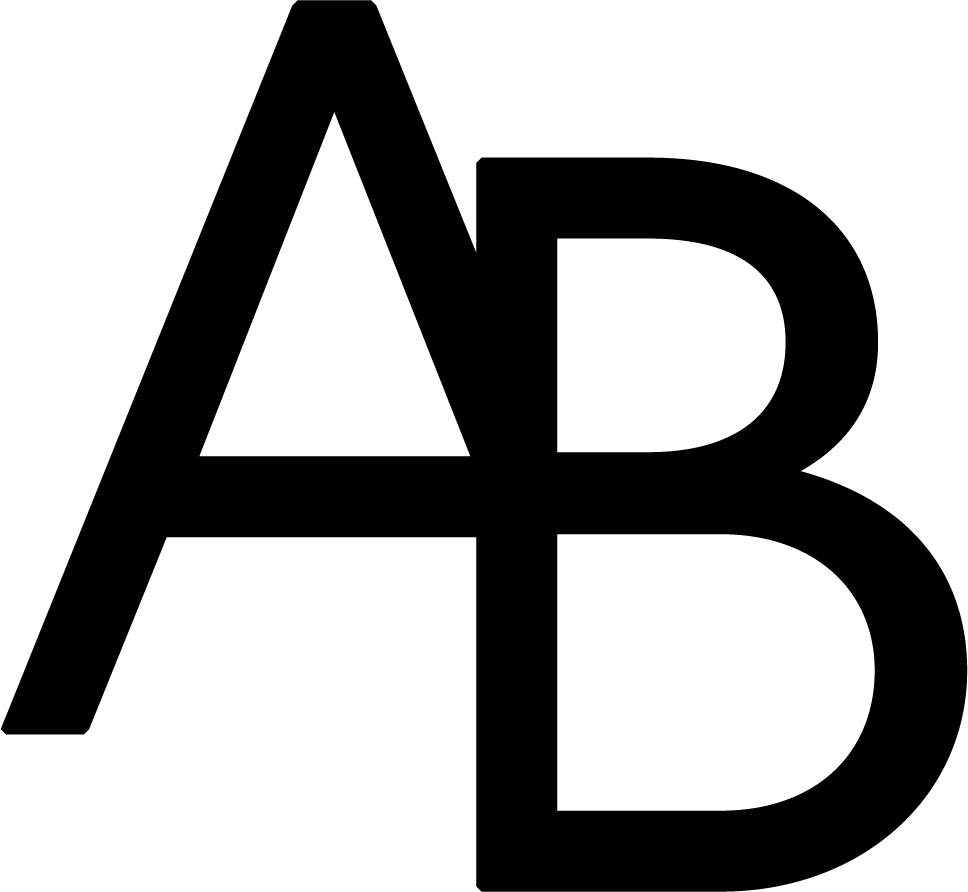Work is increasingly becoming complex. In fact, it is becoming too complex for any one individual to do it. We need to work in teams. The time spent by managers and employees in collaborative activities has exploded by 50% or more. We watch great examples of teamwork in movies that fill us with a warm glow and then we come back to the teams we are a part of and wonder why they are not as committed as the people you saw on screen. This is the book for you.
Every startup wants to grow and big a global corporation. Every global corporation wants to have the spirit of a start-up. Is it harder for a startup to grow or is it tougher for a large organization to be nimble? Both of them have their unique strengths. The giant enterprises have great brand awareness, a stable set of customers and presence across geographies and markets. They also find it easier to hire… maybe they find it easier to hire people who have a lower risk appetite. Who like things that are well defined with clear rules. Once hired these are the very people who will slow down what was once a nimble start up that was hungry and wanted to change the world. What slows down a once fast growing company? The Founders Mentality tells a fat corporation how to lose weight.
Addressing the lower rungs of Maslow’s hierarchy seems passé. Are employees willing to work in a stressful workplace if their mission seems lofty enough? Evidently yes. Recently, Tesla and SpaceX – both run by Elon Musk were in the news for being stressful places to work. Elon Musk responded by saying, “SpaceX and Tesla rated most meaningful work in high tech. Also, most stressful, but that goes with the territory.” Musk has really made engineering and manufacturing interesting again.
Given that the job description of a CEO or someone in a general management role is likely to be fairly similar give or take a few nuances of the business. So why doesn’t every new hire succeed? When a senior executive moves between organizations, what they tend to leave behind is the social capital. They leave behind the teams that they had built strong ties with over the years. They leave behind the goodwill generated in the old company’s ecosystem that gave them more leeway when they faltered. It is no wonder that a new CEO often tends to bring in at least a few key people from the old company.
As robots take on more and more work that is rule bound the opportunities will grow for roles which need empathy, negotiation skills and collaboration, precisely the skills that women are better at because of their caregiving roles. To make that happen we need a reorganization of the workplace so that people aren’t penalized for choosing flexible schedules by being shunted into positions that are less meaningful to them or less rewarding financially. We need to speed up progress by changing the lens with which we view work. It is not about gender any more.
Just as the debate in the previous century was all about an ideological debate between the communist framework or capitalist, the debate for the twenty first century is all about where each country is on that continuum of being open versus closed. It is not a West vs East debate. Many countries in the West are surprisingly close when it comes to data or talent and very conservative when it comes to laws regarding venture capital. People leverage the hyper-connected world to bypass these limitations. Today people are not bound by geography and anyone can use the net to find jobs or learn or show case their talent.
A rating of the employees’ health could legitimately be part of a company's balance sheet. It fits in well with the philosophy of sustainability. Obesity and tobacco usage has been also shown to impact productivity. Knowing that one company has a healthier workforce than its competitors could be a competitive advantage. Investors may also benefit from knowing about the mental health and well-being of a firm’s employees. Occupational health psychologists will point out that stress free employees are less likely to make errors in certain jobs. Does the employer have the right to track the data related to employees' health and wellness?
The idea in brief: Leaders have to manage the past, present and future simultaneously. The three boxes represent these three orientations. In the book The Three Box Solution Vijay Govindrajan draws a parallel to the triumvirate of the Hindu faith – Vishnu, Shiva and Brahma. Vishnu is the god of preservation, Shiva is the god of destruction and Brahma is the god of creation. These represent the three roles of a leader.
I struggled to get used to the fountain pen. It used to leak and stain my shirt. On the days of exams, I was given a spare fountain pen in case I ran out of ink. I never had enough to write especially during exams and so that scenario remained a figment of my imagination. Ballpoint pens were not permitted. The teachers were divided in their opinion if our handwriting would deteriorate because of the use of ballpoint pens. Our Math teacher didn’t care what pen I used as long as I got the arithmetic correct. The English teacher would penalize us if we did not use fountain pens. We all knew that those who had better handwriting scored just that little bit more because of their penmanship.









